«¡Es la guerra, traed madera!» shouted Grouxo Marx in the Spanish version of the movie The Marx Brothers in the West. And although this didn’t happen in the original version, we agree that on a planet like the one we inhabit, with its forests, wood is one of the main elements that man has worked with, specially for wine aging.
Between the Stone Age and the Metal Age we could speak of the Wood Age, as there is evidence that this was the main material used to build houses more than 10,000 years ago. Of course, we could also talk about the bow and arrow, the raft or other boats, the tables and seats, the bridges, the carriages and the wheel… however, today we are going to talk about another very important application of wood in history: the barrel for wine aging.
Origin of the use of wood in wine aging
Although it seems easy to locate the origin of wood in the use of winemaking in Ancient Rome, along with amphorae, there is evidence that the Celts of northern Europe already manufactured them for this purpose. While the wineskin and the animal skins were satisfactorily used for wine storage, as well as the clay pots and jars, it was discovered that the wood contributed to its elaboration, giving it nuances otherwise impossible to achieve. This placed the wooden barrel as the best option for wine aging, allowing a better refinement and rounding of the broth, and therefore make it more palatable.
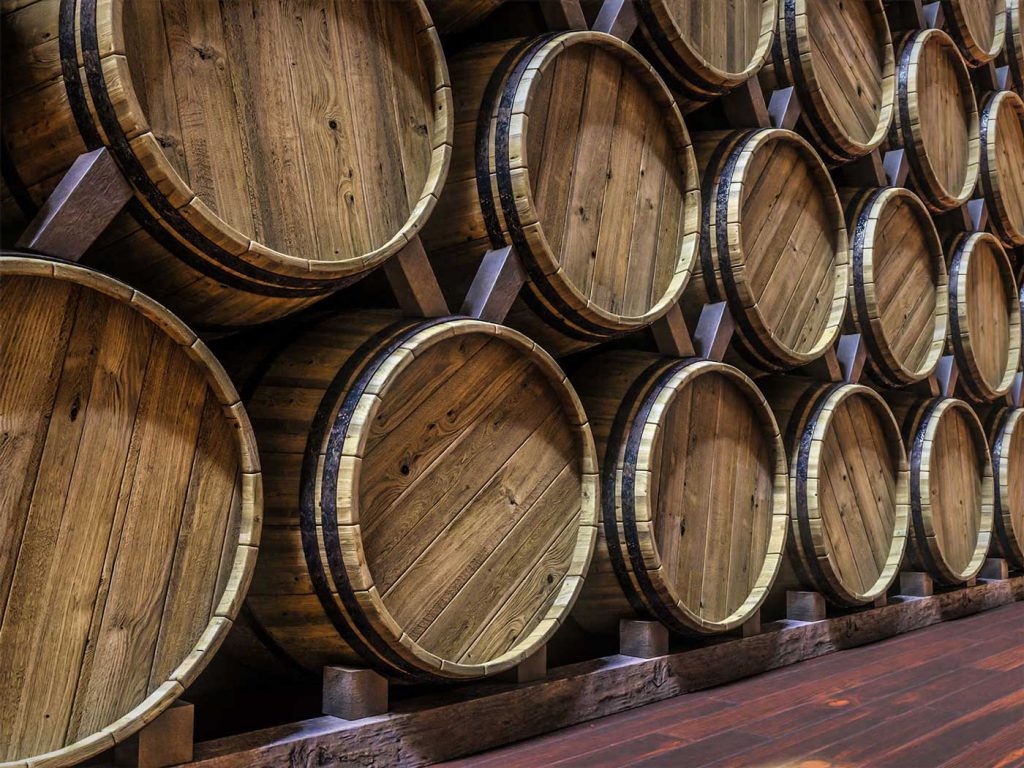
What does wood contribute to wine aging?
Wood contributes to the production and aging of wine thanks to its porous surface that micro-oxygenates the broth, softening its texture, reducing bitterness and maturing its character. This reduces fruity aromas and increases secondary and tertiary aromas. In addition, it enriches the wine with its own tannins and aromatic compounds.
But if there is a variable that directly affects the impact that the wooden barrel may have on the evolution of wine, in addition to its origin, this is size. The larger the size, the lower the incidence, being the usual use of 225 liter or 500 liter barrels. But, what does wood exactly contribute to wine aging? Let’s see it:
Colour
When it comes into contact with the wood, the wine enhances its tonality thanks to the reaction caused by the tannins in the barrel.
Aroma
Wood provides nuances of toast, spices, chocolate, smoke, tobacco, caramel, coffee, vanilla or coconut, all depending on the wood used and the level of toasting.
Flavor
Wood stabilizes the wine and softens its texture thanks to the contribution of tannins, which round out the result on the palate, generally sweetening it. In addition, in the same way that it does with the aroma, it adds nuances to the flavor that are impossible to achieve with the use of other materials.
4 essential oak barrels
It is common that the most used wood to manufacture wine barrels is oak, with 4 essential varieties:
- Spanish oak: Also known as Iberian oak. It is a high quality wood, somewhat soft and scarce due to deforestation, which gives the wine notes of caramel and coffee.
- French oak: Perhaps the most valued. They are woods that respect the characteristics of the wine, molding them without changing them excessively.
- European oak: Similar to French, it is grown in Hungary, Romania and Croatia. It is a somewhat rougher wood with little aromatic release that respects the fruit more.
- American oak: Also known as white oak. It comes from North America. It is a robust, strong and hard oak, with a greater aromatic release.

4 other woods that you can’t ignore
- Acacia: Used in the maturation and aging of white wines, it can be presented in the form of toasted or unroasted wood. It provides floral aromas and different nuances depending on the periods of permanence of the wine in the barrel.
- Cherry: It is one of the preferences of young winemakers, as it provides notes of red fruits and high quality toasted nuances. A wood whose use increases year after year.
- Pine: Widely used in the wines that are made in the Canary Islands within the D.O. La Palma, providing spices and an aged appearance.
- Chestnut: Widely used in ancient times, it is the characteristic wood used in the aging of Sherry vinegars to which it contributes its specific qualities and characteristics.
What woods do we use at ANTIGVA?
The use of barrels is a very personal preference of each producer. At ANTIGVA we achieve art in form of wine thanks to woods such as French Oak in Analema Negre de Nit, American Oak in Selección Cabernet Sauvignon, or Acacia in Analema Blanc de Dia. Although the combination of French Oak and American Oak is always guarantee of success, as can be seen in our ANTIGVA Ribera del Duero wine collection.


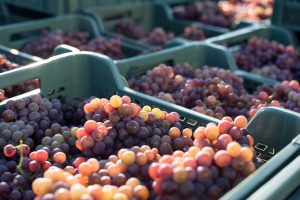




 ANTIGVA Cava Collection
ANTIGVA Cava Collection 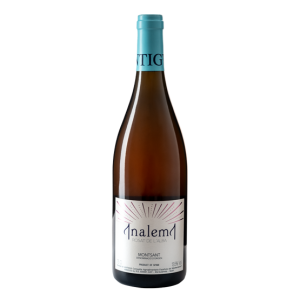 Analema Rosat de l'alba
Analema Rosat de l'alba 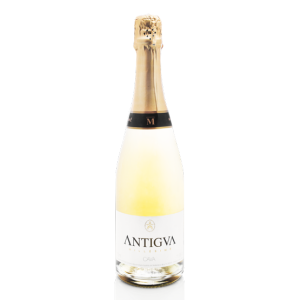 ANTIGVA Millésimé
ANTIGVA Millésimé 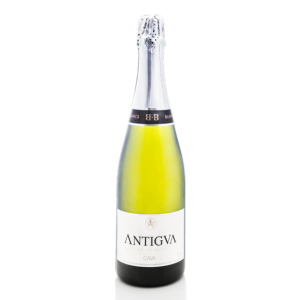 ANTIGVA Blanc de Blancs
ANTIGVA Blanc de Blancs 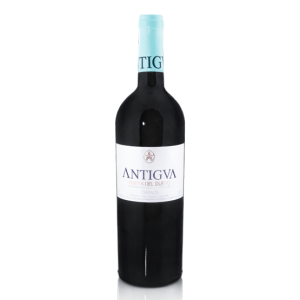 ANTIGVA Crianza
ANTIGVA Crianza 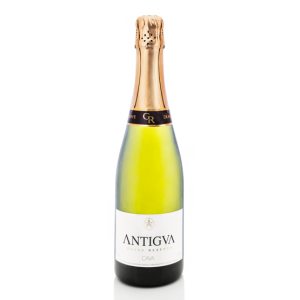 ANTIGVA Grand Reserve
ANTIGVA Grand Reserve 